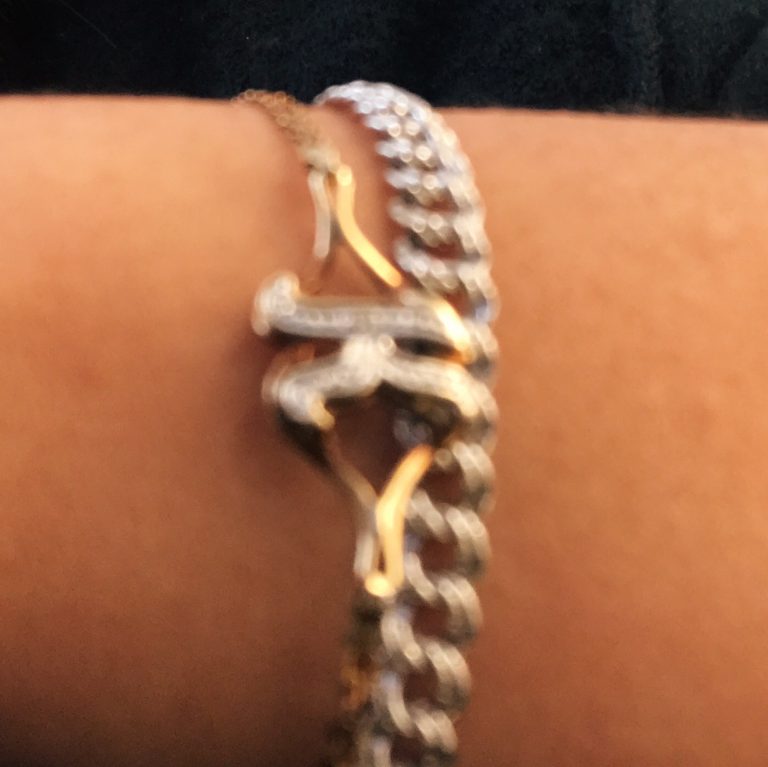Paoli, Christina. Mexican Blackletter. New York: Mark Batty, 2007. Paoli studies the evolution of the Blackletter typeface that has become present on countless stores and shops in Mexico. This typeface has evolved into a signage of contemporary Mexican culture, Paoli investigates the life of this letterform on the streets of Mexico City.
Barthes, Roland, The Language of Fashion. London: Bloomsbury Publishing, 2013.
In this scholarly source, Barthes, writes about the cultural power that fashion has established in our world today. The societal meanings of owning particular name brands and dissecting fashion trend movements that were a response to the world’s political state.
Anzaldua, Gloria. Light in the Dark/Luz en el Oscoro: Rewriting Identity, Spirituality, Reality. Durham: Duke University Press, 2015. This philosophical source written by Gloria Anzaldua, explores concepts and cultural activites that “define” Latin America. The concept of Latin aesthetics and cultural impacts that have become globalized and continue to grow, the depiction of Latin identity and the appropriation of cultural traditions, such as the name plate necklace have an intersection with secular ideals in America.
Meyerson, Collier. “Nameplate necklaces: This shit is for us.” Splinter News. November 1, 2016. April 1, 2016. https://splinternews.com/nameplate-necklaces-this-shit-is-for-us-1793863356.
This culturally relevant article written by Collier Meyerson, an African American journalist that has focused her career on race and politics, is a letter to the population who has believed that the nameplate trend phenomenon has derived from Sex in the City’s Carrie Bradshaw. In this personal narrative, Meyerson highlights the cultural specificity of the popular accessory, prior to the early 2000’s, the nameplate had a “ghetto” connotation and was familiarized in cultures of minority all based on tradition.
Rose-Salas, Marcel. Flower, Isabel. The Personal is Political. Podcast. Performed by Marcel Rose-Salas. Isabel Flower. 2016. New York: Top Rank Magazine.
This podcast explores personal narratives and connections to their own accessories that have been family traditions. Throughout the podcast, there is a recognition of lack of historical documentation of this design structure. The time period begins in the early Victorian era, brooches were worn on the breast of females. As time passes, the hip hop culture that erupted in the 1980s had brought this trend to a greater population and had become normalized in minority cultures. The revival African, alternative spellings for traditional names of following the black power movement, nameplate jewelry had been designed and worn to customize and publicize these identities.
Paoli, Christina. Mexican Blackletter. New York: Mark Batty, 2007. Paoli studies the evolution of the Blackletter typeface that has become present on countless stores and shops in Mexico. This typeface has evolved into a signage of contemporary Mexican culture, Paoli investigates the life of this letterform on the streets of Mexico City.






